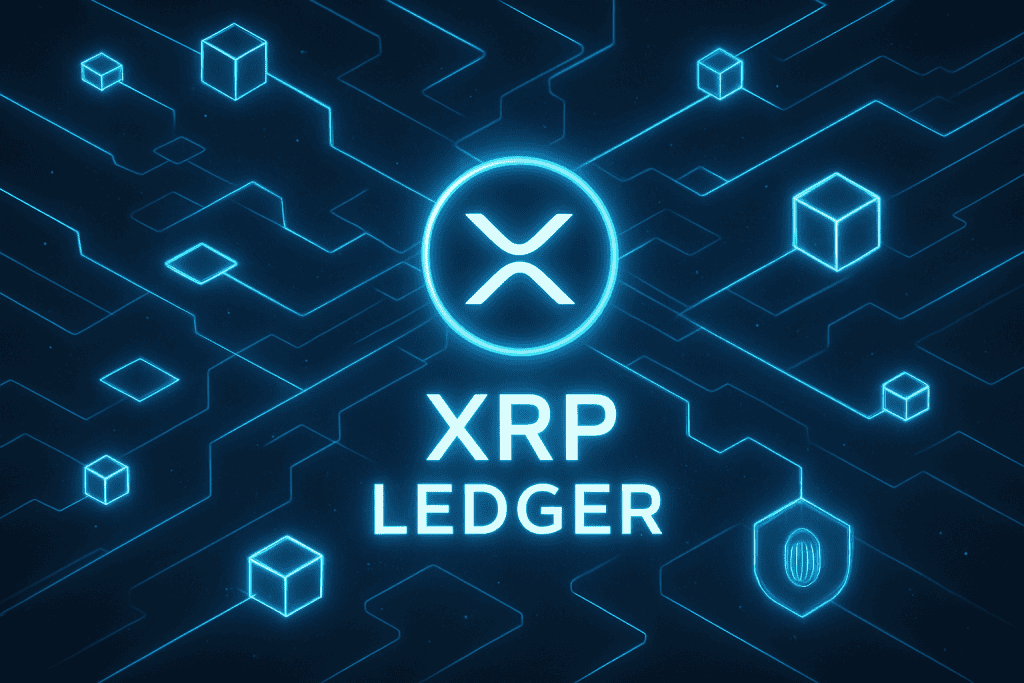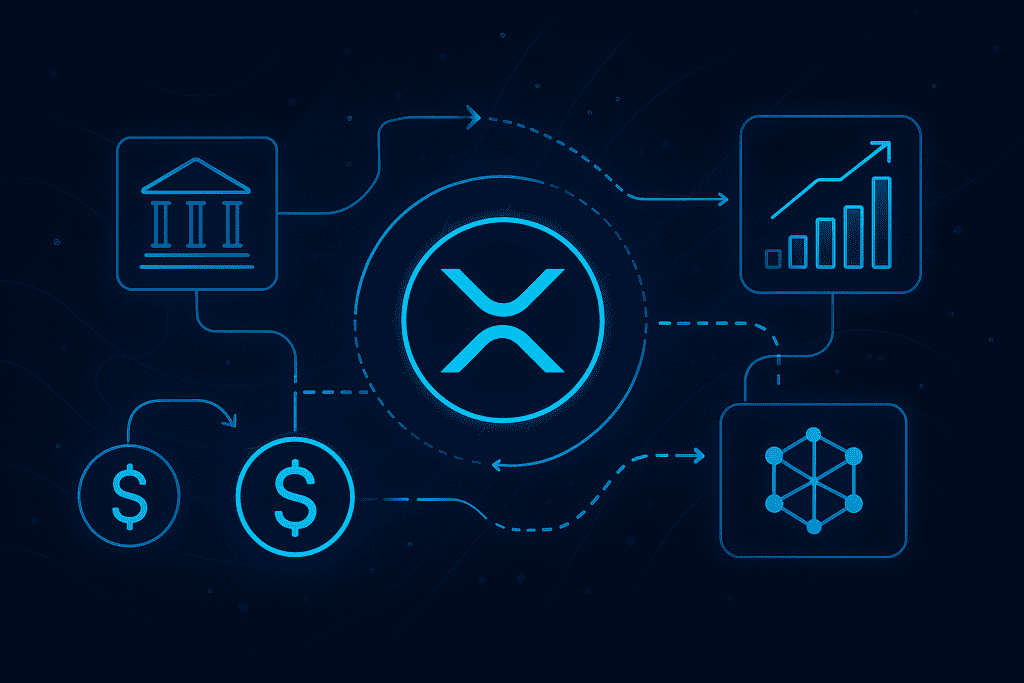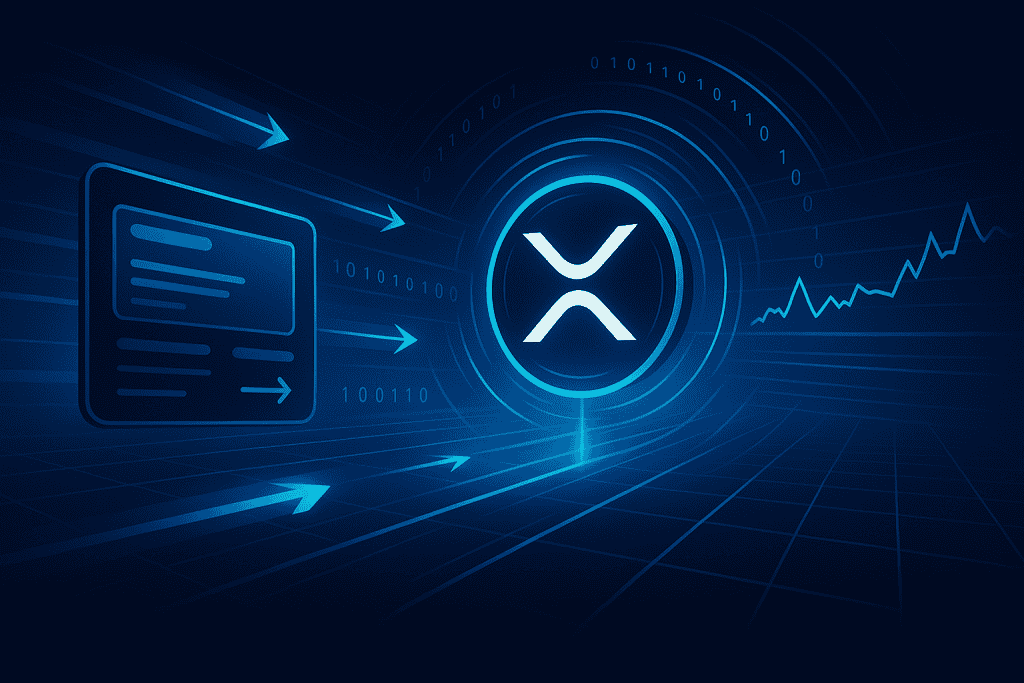
The XRP Ledger (XRPL) has been a cornerstone of blockchain technology, offering fast, low-cost transactions and unique features like built-in decentralized exchange (DEX) functionality. With increasing adoption, the XRPL ecosystem has evolved, integrating new innovations that enhance security, efficiency, and scalability.
As we step into 2024, the XRPL continues to play a crucial role in the crypto market, competing with blockchain giants like Ethereum and Solana. This review takes an in-depth look at XRPL’s key features, recent updates, and overall performance, providing an analysis that caters to investors, developers, and crypto enthusiasts. Whether you’re considering XRP Ledger for investment or blockchain development, this comprehensive review will help you navigate its strengths, limitations, and potential future impact.
What is XRP Ledger?
The XRP Ledger (XRPL) is a decentralized, open-source blockchain designed for efficient, cross-border payments. Initially launched in 2012 by Ripple, XRPL has gained recognition for its speed, low transaction costs, and sustainability compared to proof-of-work (PoW) blockchains like Bitcoin.
Unlike traditional blockchain networks, XRPL does not rely on mining. Instead, it uses a unique consensus protocol that enables near-instant settlement times and reduces energy consumption. This makes XRPL a popular choice for financial institutions and developers seeking a fast and reliable blockchain solution.
Key Features of XRP Ledger
| Feature | Description |
|---|---|
| Fast Transactions | Settlement times of 3–5 seconds. |
| Low Fees | Transaction costs are typically fractions of a cent. |
| Built-in Decentralized Exchange (DEX) | Enables users to trade assets directly on the ledger. |
| Smart Contract Capabilities | Supports Hooks, allowing developers to create lightweight smart contracts. |
| Sustainability | Unlike energy-intensive PoW systems, XRPL uses a more eco-friendly consensus mechanism. |
As XRPL continues to evolve, it remains a top competitor in the blockchain space, driving innovation in financial technology.
Specifications of XRP Ledger

Decentralized Finance (DeFi) Capabilities
XRPL’s built-in decentralized exchange (DEX) sets it apart from many other blockchains. Users can trade various assets without relying on third-party platforms, making it a convenient and cost-effective solution for crypto enthusiasts.
Cross-Border Payments
One of the primary use cases of XRP Ledger is cross-border payments. Ripple’s technology enables financial institutions to conduct instant and secure international transactions at a fraction of the cost of traditional banking systems.
Security & Network Stability
With its Byzantine Fault Tolerance (BFT) consensus mechanism, XRPL ensures that transactions remain secure and immutable. Additionally, the lack of mining reduces attack vectors like 51% attacks, which are common in PoW-based blockchains.
Cold Storage and Crypto Wallet Integration
XRPL supports various crypto wallets, including hardware options like Ledger Nano X for cold storage, ensuring enhanced security for long-term investors.
Scalability & Performance
With the ability to process 1,500 transactions per second (TPS), XRPL is among the fastest blockchains available, making it highly scalable for enterprise and institutional use.
In-Depth Review of XRP Ledger

Transaction Speed & Efficiency
One of XRPL’s strongest selling points is its speed. Unlike Bitcoin and Ethereum, which can take minutes or even hours to finalize transactions, XRPL transactions are confirmed within 3–5 seconds. This makes it an ideal solution for businesses and financial institutions that require instant payment processing.
Cost-Effectiveness
Traditional banking systems and even some blockchain networks suffer from high transaction fees. XRPL’s transaction fees typically cost less than $0.01, making it one of the most affordable blockchain solutions available today.
Decentralization & Governance
Although Ripple has played a significant role in XRPL’s development, the ledger operates as an independent, decentralized blockchain. The validator nodes ensure that no single entity has complete control over the network, fostering transparency and reliability.
Security & Consensus Mechanism
XRPL’s consensus protocol eliminates the need for mining, reducing energy consumption and making it one of the most sustainable blockchains. The Byzantine Agreement algorithm ensures secure and tamper-proof transactions, protecting users from fraudulent activities.
User Experience & Accessibility
With support for various crypto wallets, including cold storage solutions, XRPL provides users with easy accessibility and enhanced security. Wallets such as Xumm and Ledger Nano X offer seamless integration for storing, sending, and receiving XRP safely.
Pros and Cons of XRP Ledger
Pros:
- Fast Transactions – Settles payments within seconds.
- Low Transaction Fees – Costs a fraction of a cent.
- Built-in DEX – Supports direct asset trading.
- Highly Scalable – Processes 1,500 TPS efficiently.
- Eco-Friendly – Low energy consumption compared to PoW blockchains.
Cons:
- Limited Smart Contract Functionality – Lacks the complexity of Ethereum’s smart contracts.
- Regulatory Uncertainty – Legal battles with the SEC have created market uncertainty.
- Dependency on Ripple’s Ecosystem – Although decentralized, its success is tied to Ripple’s adoption.
Conclusion
The XRP Ledger remains one of the most innovative blockchain solutions in 2024, offering fast, low-cost transactions and strong security. With its decentralized exchange, scalability, and eco-friendly consensus mechanism, XRPL is a powerful tool for financial institutions, developers, and investors.
While regulatory challenges persist, the future of XRPL looks promising, especially with the growing adoption of blockchain technology in global finance. Whether you’re looking for an efficient cross-border payment solution or a secure decentralized trading platform, XRPL is a strong contender in the blockchain space.
FAQ
What makes XRP Ledger different from Bitcoin and Ethereum?
XRPL is faster, cheaper, and more energy-efficient than Bitcoin and Ethereum. Unlike Bitcoin’s PoW model, XRPL uses a consensus mechanism that does not require mining.
Is XRP Ledger good for investment in 2024?
XRPL is a promising blockchain due to its low fees and high-speed transactions. However, investors should consider market volatility and regulatory factors.
Does XRP Ledger support smart contracts?
While XRPL supports Hooks (a lightweight form of smart contracts), it lacks the full flexibility of Ethereum’s smart contract system.
Resources
- CoinCodex. Best XRP Wallets.
- Crypto Lists. XRPL Overview.
- DailyCoin. Scalability of XRPL.
- NerdWallet. Ledger Wallet Review.
- Slashdot. Software for Ledger.
